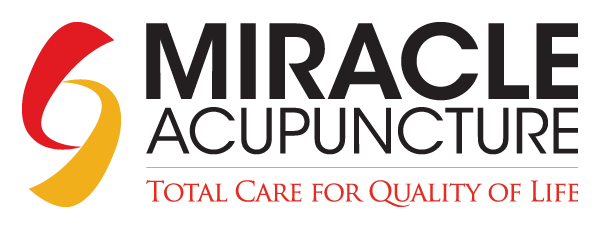Acupuncture
HOW ACUPUNCTURE WORKS?
Acupuncture is throughout to act on meridians. In the form of the treatment most widely practiced in the U.S., hair-thin needles are inserted into the skin at specific points along the meridians to redirect to unblock stagnant qi. These so-called acupoints correspond to different organs or systems in the body.
For example, inserting a needle at a point inside the forearm known as PC6 is intended to treat nausea; needling lv3, on top of the foot, is meant to help with motor function.
Studies suggest that inserting needles into acupoints does affect the cody, and in potentially meaningful ways. Ina study of 37 subjects published this year in the journal Neuroscience letters, inserting a needle into acupoint LI4 on the hand-traditionally used to treat pain-was shown to deactivate parts of the brain that involved in processing pain.
Indeed, a decade of acupuncture imaging research has shown that "people who get better with acupuncture have clear charges in their brain function," says dr. John Farrar, a pain researcher at the university of Pennsylvania School of Medicine. Charges are seen in the thalamus, a brain region that processes information from the sense, including touch and also pain.
But acupuncture also affects activity in the brain region called the cingulated gyrus as well as other brain structures that make up the limbic system, which processes the rage of human emotions and memory.
The fact that acupuncture deactivates the brain's limbic system suggests it "diminishes the emotional part of the pain experience."
Hormone release could be a key to such brain changes. Thirty years ago, about the same time acupuncture started to pique the interest of Americans, Chinese medical researchers began studying it in animals. They showed-and subsequently western researchers confirmed-that acupuncture increased the body's production of its own natural painkillers, known as endogenous opioids, or endorphins. People experienced no pain relief from acupuncture if they were first injected with a drug that blocked the opioids' activity.
Today most western researchers agree that acupuncture's stimulation of endorphins plays a big part in explaining how the practice works.
The WHO, the National Center for Complementary and Alternative Medicine(NCCAM) of the National Institutes of Health(NIH), the American Medical Association(AMA) and various government reports have studied and commented on the efficacy of acupuncture.
There is general agreement that acupuncture is safe when administered by well-trained practitioners using sterile needles, and that further research is appropriate.
WHAT SYMPTOMS CAN BE EFFECTIVELY TREATED BY ACUPUNCTURE THEN?
In 2003, the World Health Organization(WHO) published a review and analysis of controlled clinical trials on acupuncture. They listed the following as "Diseases, symptoms or conditions for Adverse reactions to radiotherapy and /or chemotherapy
- Allergic rhinitis (including hay fever)
- Biliary colic
- Depression (including depressive neurosis and depression following stroke)
- Dysentery, acute bacillary
- Dysmenorrhoea, primary
- Epigastralgia, acute (in peptic ulcer, acute and chronic gastritis, and gastrospasm)
- Facial pain (including craniomandibular disorders)
- Headache
- Hypertension, essential
- Hypotension, primary
- Induction of labour
- Knee pain
- Leukopenia
- Low back pain
- Malposition of fetus, correction of
- Morning sickness
- Nausea and vomiting
- Neck pain
- Pain in dentistry (including dental pain and temporomandibular dysfunction)
- Periarthritis of shoulder



